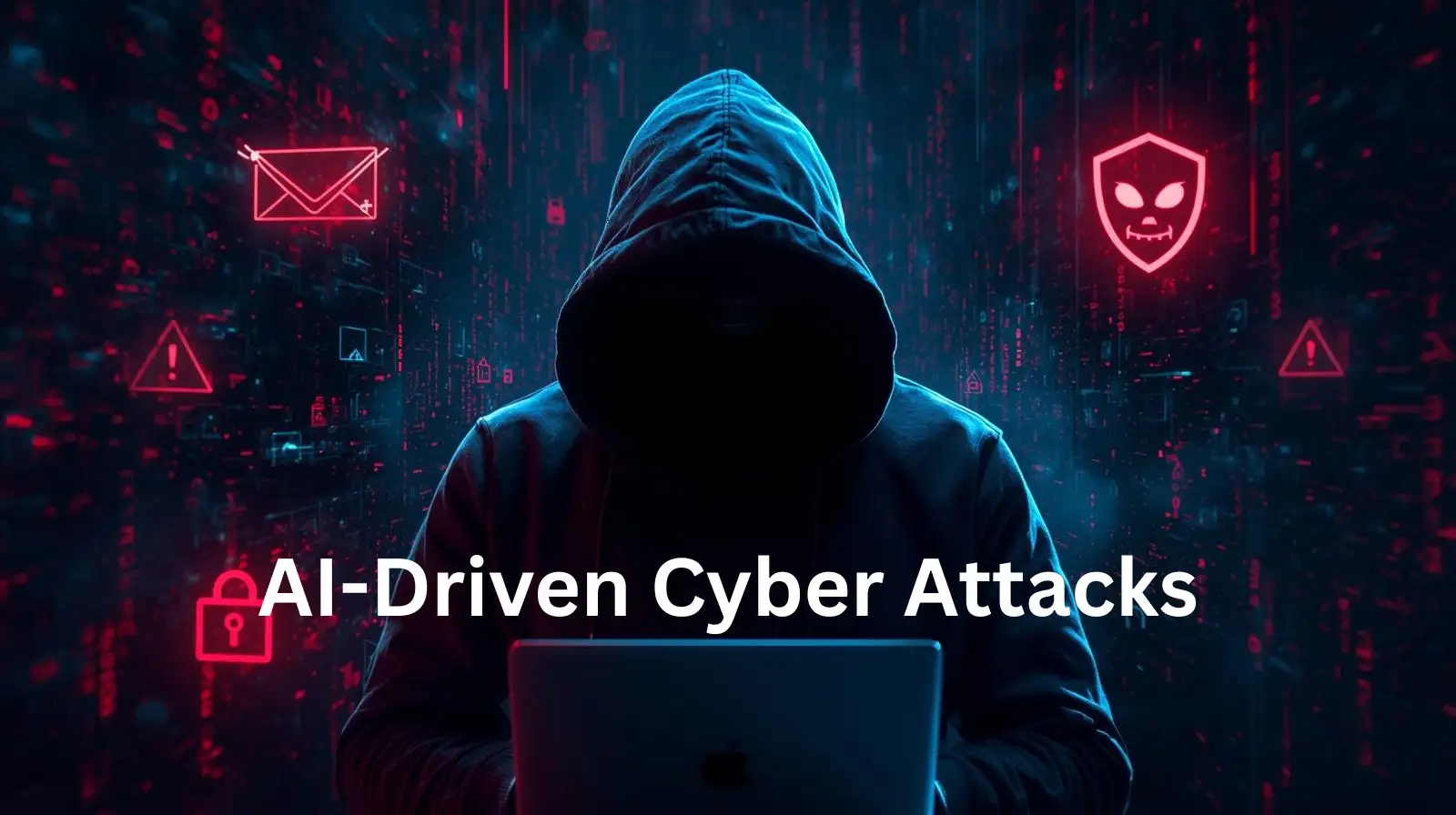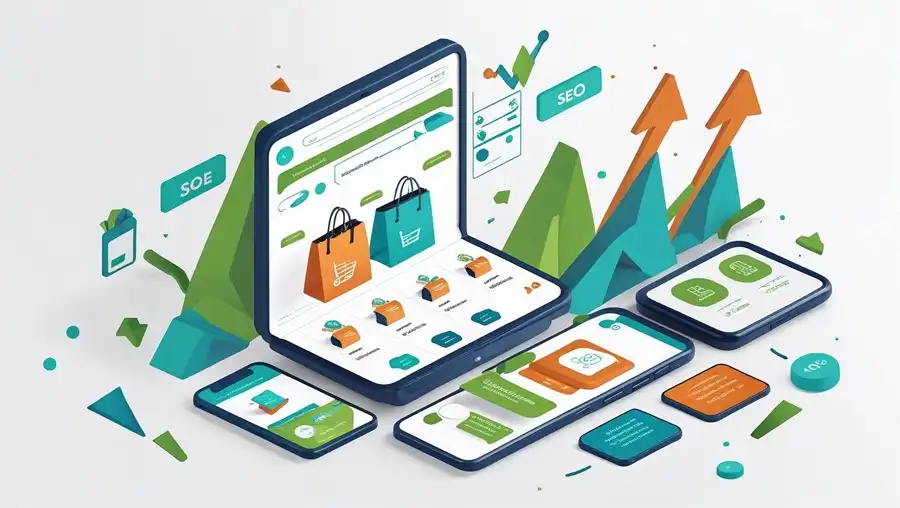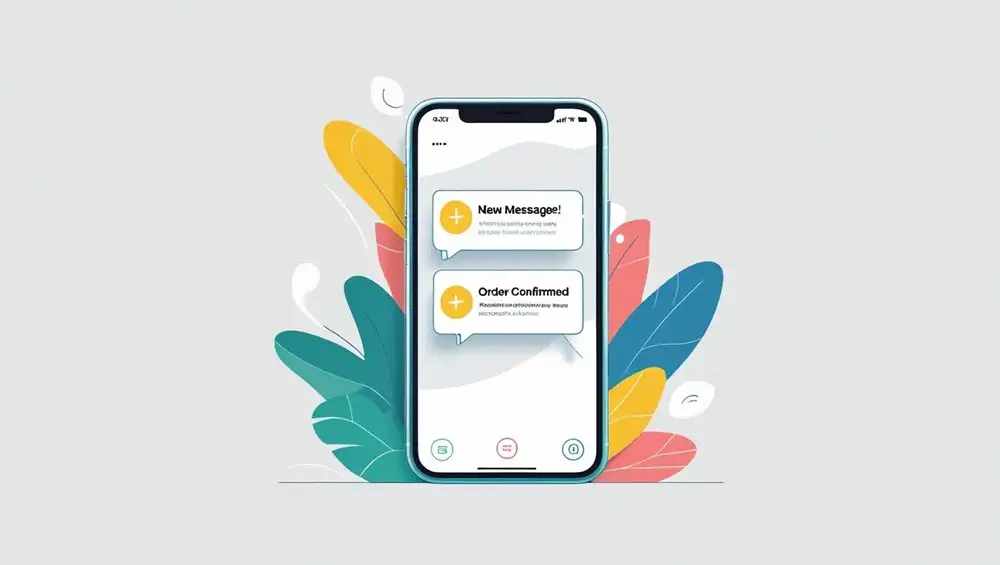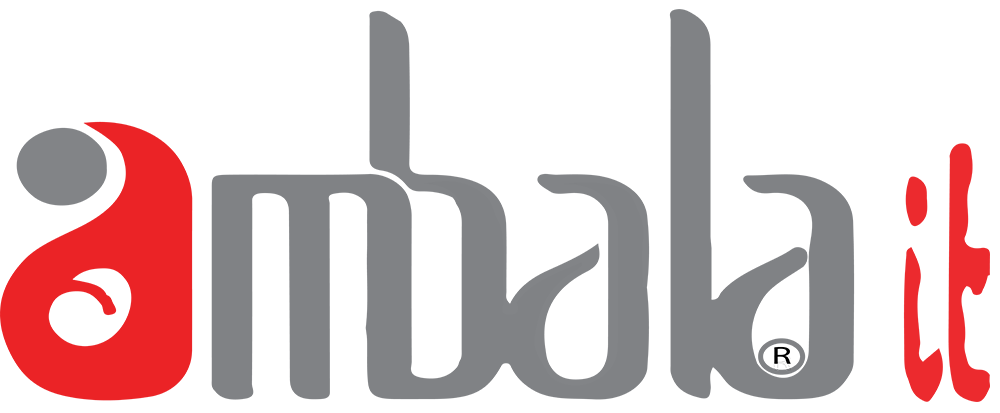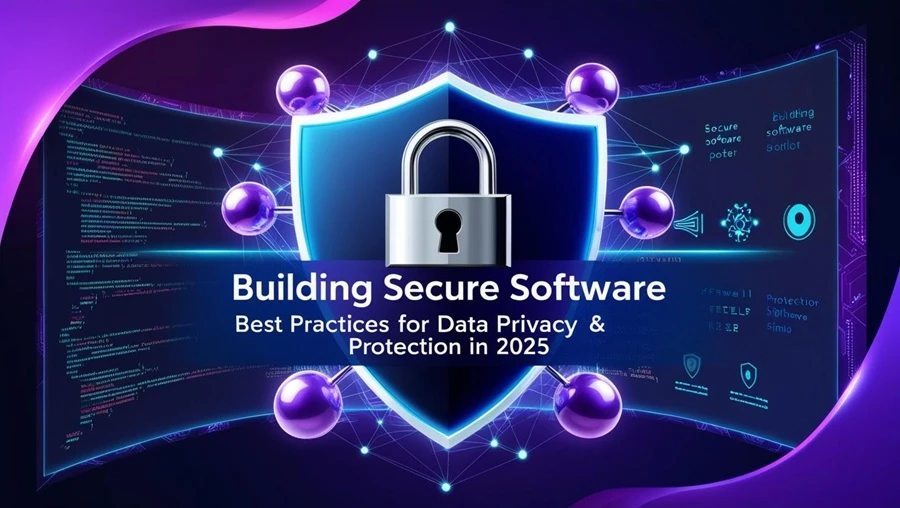
Building Secure Software: Best Practices for Ensuring Data Privacy and Protection in 2025
As cyber threats continue to evolve, software developers must prioritize security at every stage of development. In 2025, new attack vectors, AI-driven exploits, and increasing regulatory scrutiny make robust security measures more critical than ever. This article provides problem-solving approaches and best practices to help software development professionals safeguard data privacy and build resilient applications.
Common Security Challenges in Software Development
1. Insecure Code Practices
- Poor input validation leading to injection attacks (SQL injection, XSS, etc.)
- Hardcoded credentials exposing sensitive data
- Insufficient encryption mechanisms
2. Misconfigured Security Settings
- Weak authentication and authorization controls
- Improper server and API configurations
- Excessive permissions granted by default
3. Third-Party Vulnerabilities
- Dependency on outdated or unpatched libraries
- Supply chain attacks targeting open-source components
- Weak API security leads to unauthorized access
4. Data Protection Failures
- Inadequate data encryption at rest and in transit
- Improper data retention policies
- Exposure of personal or financial information due to mismanagement
Best Practices for Secure Software Development
1. Adopt a Secure Development Lifecycle (SDLC)
Implement security at every stage of development:
- Requirement Analysis: Identify security and compliance requirements early.
- Design: Apply threat modeling to assess vulnerabilities.
- Development: Use secure coding standards and static analysis tools.
- Testing: Conduct penetration testing and automated security scanning.
- Deployment & Maintenance: Regular updates, patching, and continuous monitoring.
2. Implement Zero Trust Architecture
- Apply the principle of least privilege (PoLP) for access control.
- Use multi-factor authentication (MFA) and role-based access controls (RBAC).
- Micro-segmentation to prevent lateral movement in case of a breach.
3. Secure Coding Practices
- Input Validation: Sanitize and validate all user inputs to prevent injection attacks.
- Output Encoding: Prevent cross-site scripting (XSS) by encoding output properly.
- Dependency Management: Regularly update and monitor third-party libraries.
- Secure Authentication: Hash passwords with strong algorithms like Argon2, crypt, or PBKDF2.
4. Encryption & Data Privacy Measures
- Use strong encryption protocols (AES-256, TLS 1.3) for data at rest and in transit.
- Implement secure key management practices.
- Apply data anonymization and pseudonymization for user-sensitive data.
5. API Security Best Practices
- Use OAuth 2.0 and OpenID Connect for secure authentication.
- Validate API requests with strict access control policies.
- Implement rate limiting and monitoring to prevent abuse.
6. Cyber Security Protection
- Deploy advanced firewalls and intrusion detection/prevention systems (IDS/IPS).
- Utilize endpoint protection solutions to detect and mitigate threats in real time.
- Conduct regular cyber security audits and compliance checks.
- Educate development teams on cyber security best practices and threat awareness.
7. Continuous Security Monitoring & Incident Response
- Use security monitoring tools (SIEM, EDR, and cloud security posture management).
- Automate security logging and anomaly detection with AI-driven analytics.
- Develop a robust incident response plan with rapid threat mitigation capabilities.
Emerging Security Trends in 2025
* AI-Driven Security Solutions
- AI-powered threat detection and automated response to cyber threats.
- Machine learning models to identify unusual user behavior and fraud detection.
* Quantum-Resistant Cryptography
- Adoption of post-quantum cryptographic algorithms to secure data against future quantum attacks.
- Hybrid encryption models combine traditional and quantum-resistant techniques.
* Secure DevOps (DevSecOps)
- Shift-left security approach integrating security into CI/CD pipelines.
- Automated security testing integrated into development workflows.
* Privacy-enhancing technologies (PETs)
- Use of confidential computing, differential privacy, and homomorphic encryption.
- Compliance with evolving global privacy laws such as GDPR, CCPA, and AI Act.
Ensuring software security in 2025 requires a proactive approach, integrating security measures throughout the development lifecycle. By adopting secure coding practices, leveraging AI-driven security solutions, and staying ahead of emerging threats, software professionals can build resilient applications that protect user data and maintain compliance with global security standards. Investing in security today ensures a safer digital future for businesses and end users alike.
